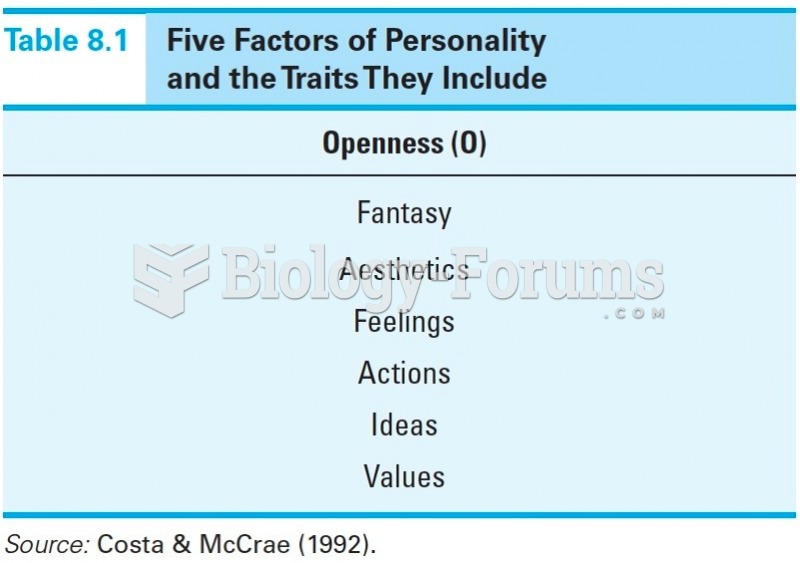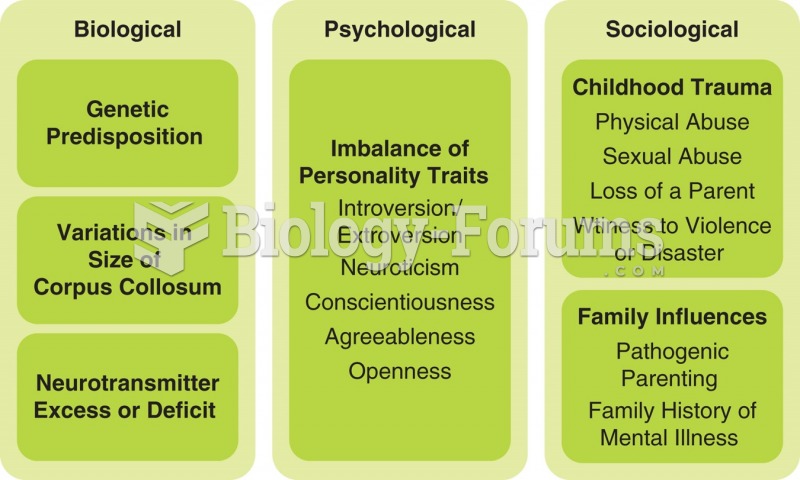This topic contains a solution. Click here to go to the answer
|
|
|
Did you know?
Oxytocin is recommended only for pregnancies that have a medical reason for inducing labor (such as eclampsia) and is not recommended for elective procedures or for making the birthing process more convenient.
Did you know?
In the United States, an estimated 50 million unnecessary antibiotics are prescribed for viral respiratory infections.
Did you know?
Illicit drug use costs the United States approximately $181 billion every year.
Did you know?
Vaccines prevent between 2.5 and 4 million deaths every year.
Did you know?
If you could remove all of your skin, it would weigh up to 5 pounds.







